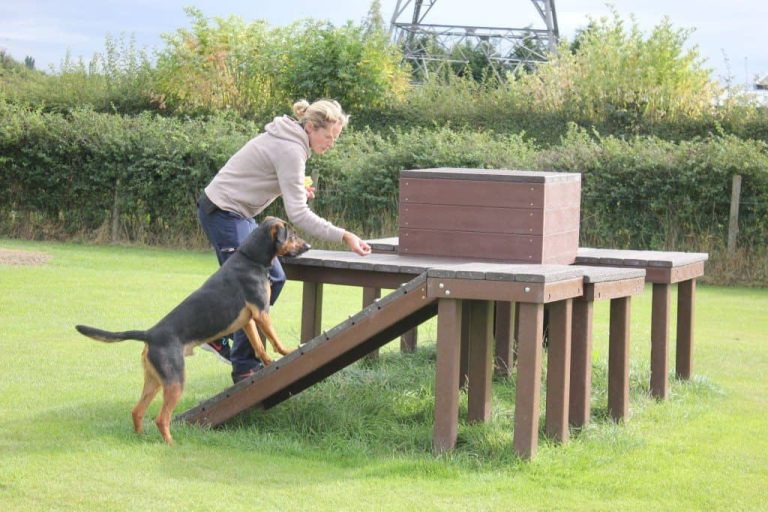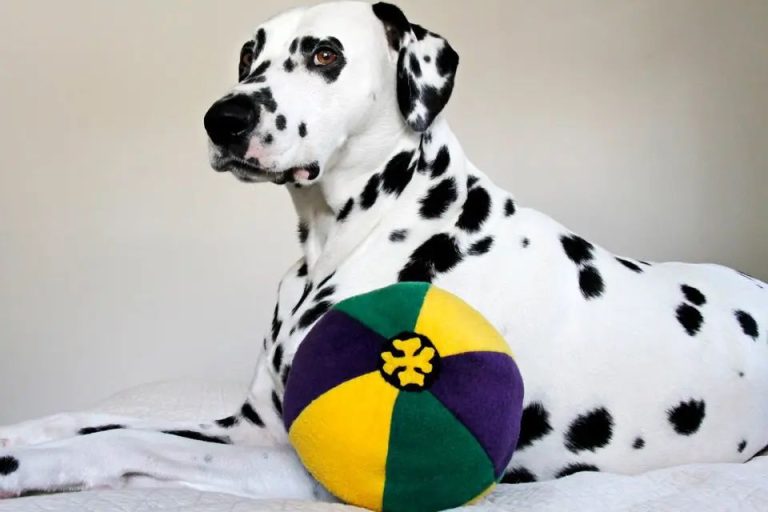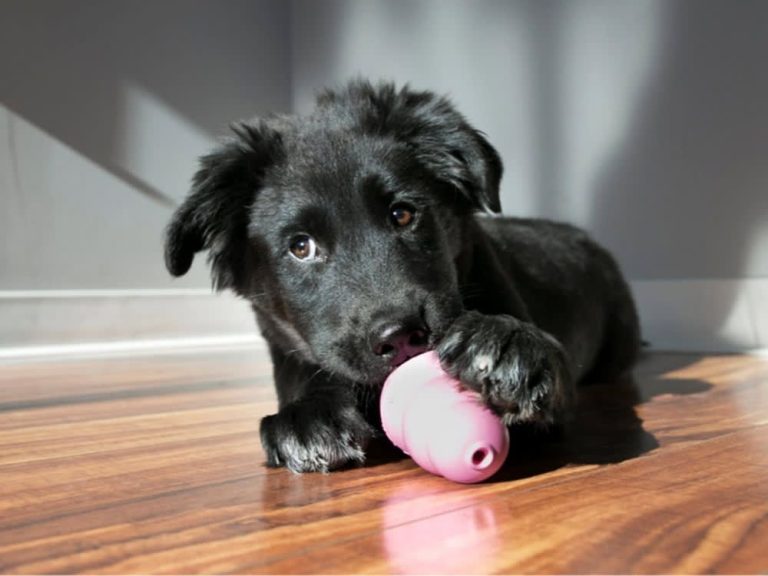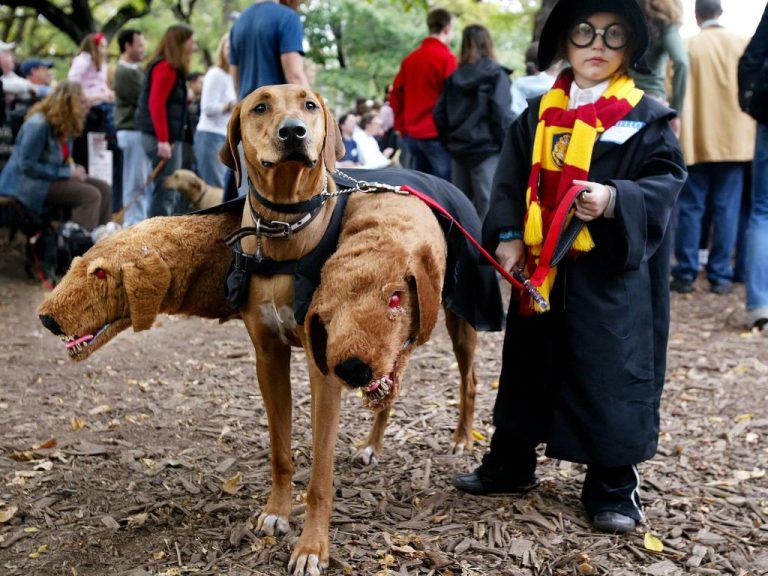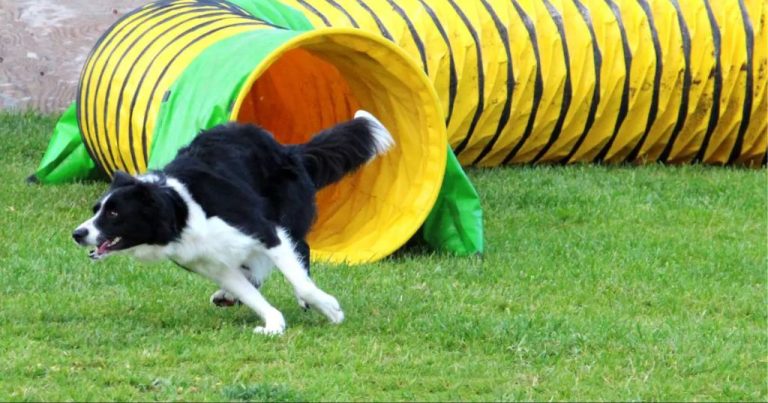Musical Chairs: Canine Edition
Introducing Musical Chairs for Dogs
Musical chairs is a beloved children’s game that involves music, movement, and competition. Players walk or dance around chairs set up in a circle, then scramble to sit down when the music stops before the chair is taken. The person left standing is out, a chair is removed, and the game continues until only one player and one chair is left.
Playing musical chairs provides many benefits for kids like improving coordination, balance, listening skills, planning ahead, concentration, and following rules (https://empoweredparents.co/musical-chairs-game/). It’s an energetic and engaging group activity.
The idea of creating a canine version of musical chairs brings this fun classic game to dogs. Just like with kids, musical chairs for dogs provides mental and physical enrichment. It taps into their natural play drive while incorporating training elements like listening to cues, impulse control, and bonding with their owner.
Why Play Musical Chairs with Dogs?
Dogs need both mental and physical stimulation to stay happy and healthy. Games like musical chairs are a great way to provide that stimulation for your furry friend. Musical chairs involves training your dog to listen and follow commands as you direct them to move from spot to spot until the final round. This mental challenge keeps their mind exercised. At the same time, all the movement and activity provides physical exercise. According to https://loveandkissespetsitting.net/benefits-playing-games-dogs-outside/, playing games is an excellent way to bond with your dog and tire them out. So musical chairs is a fun activity that stimulates your dog mentally and physically while strengthening your relationship.
Setting Up the Game
To set up a game of musical chairs for dogs, you’ll need to arrange chairs or platforms in a circle so the dogs can walk around and stand on them when the music stops. Make sure the chairs or platforms are low enough for the dogs to comfortably stand on. According to Musical Chairs by Dog Star Daily[1], you should leave enough space between the chairs so the dogs can easily move between them.
It’s important to play fun, upbeat music to capture the dogs’ attention and get them excited about the game. Have the music ready to go before starting. You’ll also want to have tasty dog treats on hand to reward the pups during play. As The Pack recommends, use soft treats that can be quickly eaten so the game keeps moving.[2]
With some chairs, space, music, and treats, you’ll be ready to teach your furry friends how to play this fun take on the classic musical chairs game.
[1] https://www.dogstardaily.com/training/musical-chairs
[2] https://thepack.in/articles/diy-musical-chairs-for-dogs
Teaching Your Dog to Play
Start by getting your dog used to standing on a platform or chair. Place a treat on the seat to lure your dog up. Once they are on the platform, reward them with praise and an additional treat for staying on briefly before releasing them with an “off” cue to step back down. Practice this repeatedly until your dog is comfortable standing on the platform for short intervals.
As you continue to practice, work on extending the duration your dog remains on the platform before being released. Gradually build up to standing for 30 seconds or longer. Always reward and praise for remaining on the platform until you give the release cue. This teaches your dog to wait patiently on the chair until you instruct them to get off.
Once your dog can reliably remain on the platform, start practicing the “off” cue to signal they should step off. Lure them off at first with a treat, while also using a verbal cue like “off.” After stepping off the platform, provide a reward. Through consistent training, your dog will learn to get off the chair when you give this release cue.
URL citation:
Musical Chairs. (2007, November 21). Do More With Your Dog. https://www.dogstardaily.com/training/musical-chairs
Playing Round 1
Once your dog understands the basic concept of walking around the chairs and hopping up when the music stops, it’s time to play the first real round. For the first round, place one less chair than the number of dogs playing. Space the chairs evenly apart in a circle. Let the dogs explore and sniff around the chairs before starting the music.
When ready, start the music and cue the dogs to begin walking counter-clockwise around the chairs again. After a short time, stop the music and say “off!” to cue the dogs to hop up onto the nearest chair. Since there’s one less chair than dogs, one dog will be left without a chair.
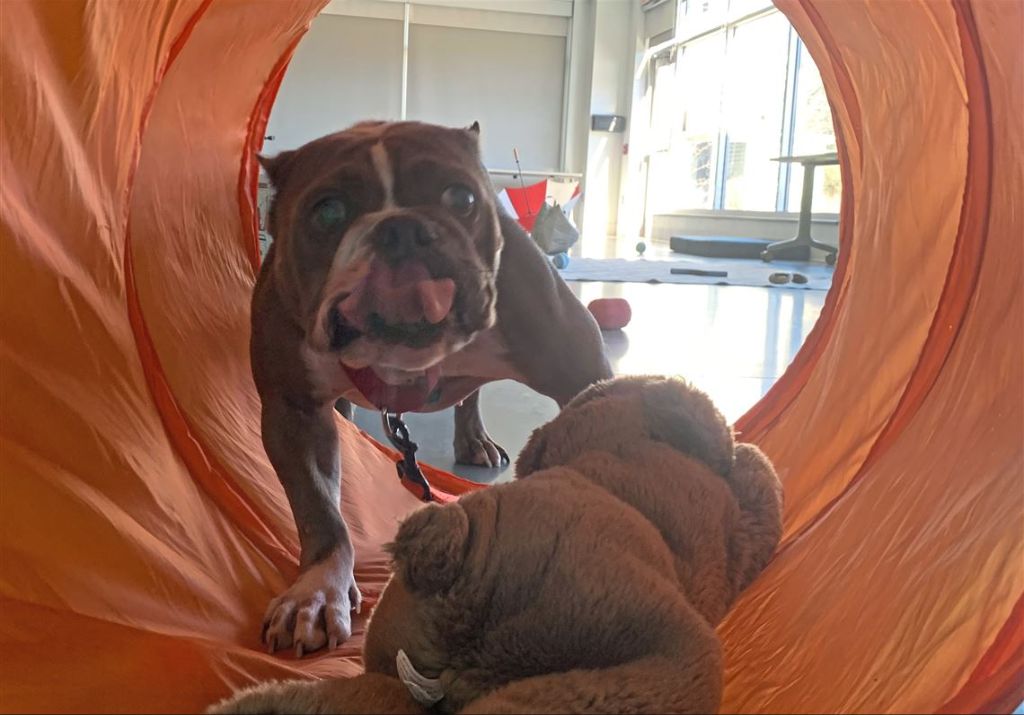
Calmly remove one chair and then start the music again for the dogs to resume walking around the circle. Stop the music again after a short time, say “off!” and let them hop onto the chairs. Another dog will be left chairless. Continue in this fashion, removing one chair per round until there is a single chair left for the final dog.
Make sure to praise and reward the dogs throughout the game, both for hopping on chairs and exiting chairs politely. Keep the pace brisk by starting the music again within a few seconds of removing a chair each round. Avoid eliminating the same dog repeatedly in early rounds by selectively removing chairs – keep the game fun for everyone!
Source: https://www.dogstardaily.com/training/musical-chairs
Advancing to New Rounds
As the dogs get the hang of the game, you can increase the challenge by gradually removing chairs each round. Start by removing just one chair per round. This raises the stakes and gets the dogs more excited as they race for fewer spots. The key is to remove chairs at a gradual pace so the dogs aren’t overwhelmed.
You’ll also want to play more energetic, faster-paced songs as the rounds advance. The upbeat music keeps the dogs engaged and enthused. Stick with familiar fun songs they enjoy. Just amp up the tempo a bit compared to the first round.
It’s important not to make the musical chairs sessions too long for dogs. Keep them short, around 5-10 minutes at most. This prevents boredom and keeps the game novel and interesting. End each session on a high note, then take a break before starting a new game.
By incrementally removing chairs and quickening the music pace across rounds, you keep the dogs challenged, focused, and having a blast with this stimulating activity. Just be sure to stop before they lose interest so they stay keen to play again.
Final Round Tips
The final round of musical chairs is always the most exciting! As you get down to just 2 dogs and 1 chair, ramp up the energy to keep them engaged. Use an enthusiastic tone and clap to cheer them on 1. Have a special jackpot reward like a tasty treat or favorite toy ready for the last dog standing to make the win even more rewarding.
Even if there’s no clear winner, keep the final round positive. Shower both dogs with praise and treats for making it to the end. End on a high note so they’re excited to play again next time. The goal is to have fun with your furry friends rather than crown a champion.
Safety First
When playing musical chairs with dogs, safety should always come first. Only dogs who get along well and do not have a history of aggression or fighting should participate together. As the American Kennel Club advises, “Tossing a ball or playing hide-and-seek are more appropriate games for kids and dogs” (https://www.orvis.com/how-to-play-safely-with-your-dog.html).
Also, it’s crucial to supervise the game closely at all times to prevent any fighting over chairs as the competition narrows. The ASPCA recommends, “Observing these guidelines will help foster a safe play environment with your dog” (https://www.orvis.com/how-to-play-safely-with-your-dog.html). Stop the game immediately if any roughhousing or aggression occurs.
Additionally, use sturdy but soft chairs that dogs won’t slip on, like well-padded or carpeted chairs. The Emma Zen Foundation suggests, “Familiarizing your pet with the sound of fire alarm could help your pet to evacuate safely in case of a real fire” (https://www.emmazenfoundation.org/dog-safety-games.html). Avoid hard chairs, or anything with sharp corners or edges.
With proper precautions and supervision, musical chairs can be a fun bonding experience for friendly, well-socialized dogs. But be ready to intervene at the first sign of any unsafe behavior.
Variations to Try
There are many ways to add variety and increase the challenge of musical chairs for dogs. One simple idea is to use platforms or mats of different colors or sizes. The change in color and texture under their paws keeps dogs engaged. You can also increase difficulty by using progressively smaller platforms.
Another way to mix things up is to rotate directions or weave between chairs on each round. Go clockwise then counter-clockwise or in a zigzag pattern. This keeps dogs on their toes as they have to change direction and navigate around chairs.
Hiding treats on some of the platforms adds an exciting twist. As the music stops, dogs will sniff out chairs that have treats waiting as a reward. Just be sure to remove any uneaten treats between rounds so they don’t become a distraction.
Trying new variations keeps the game novel and stimulating for dogs of all ages and energy levels. Get creative with different set ups and rules to keep your pup enthused about this fun bonding game.
Musical Chairs Promotes Bonding and Fun
Playing musical chairs with your dog provides many physical and mental benefits. The game encourages dogs to run, jump, and retrieve, developing their agility skills (source). Alternating between active play and focused training also stimulates your dog mentally. As you teach your dog the rules of the game through positive reinforcement training, you strengthen the human-canine bond. Musical chairs requires teamwork and communication between pet parent and dog, bringing you closer together through play. The shared experience is fun and engaging for dogs of all ages and activity levels. With a few simple modifications, this classic game can provide enjoyment while meeting your dog’s specific exercise needs.

